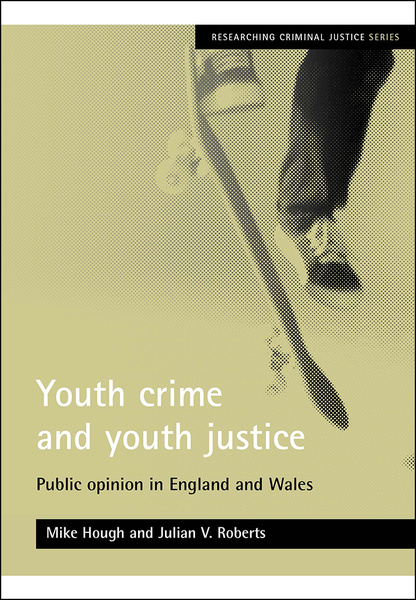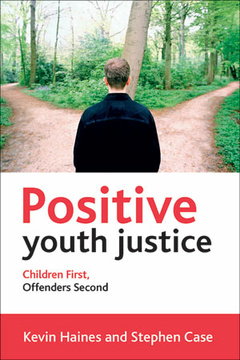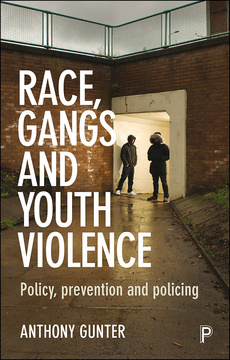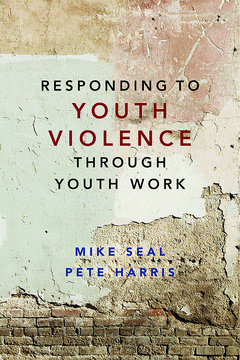Youth crime and youth justice
Public opinion in England and Wales
By Mike Hough and Julian V. Roberts
ISBN
978-1861346490Dimensions
245 x 170 mmImprint
Policy PressThis report presents the findings from the first national, representative survey of public attitudes to youth crime and youth justice in England and Wales.
Significantly, it highlights that most people are demonstrably ill-informed about youth crime and youth justice issues. It also carries clear policy implications in relation to both public education and reform of the youth justice system.
Youth crime and youth justice is essential reading for academics, researchers, policy makers and practitioners in the fields of criminal justice, criminology, social policy, social work and probation.
Researching Criminal Justice series
Crime and justice are issues of central political and public concern in contemporary Britain. This exciting new series presents top quality research findings in the field. It will contribute significantly to policy and practice debates and aims to improve the knowledge base considerably. The series will be essential reading for politicians and policy makers, academics, researchers and practitioners.
For other titles in this series, please follow the series link from the main catalogue page.
Mike Hough is Professor of Criminal Policy and Director of the Institute for Criminal Policy Research, School of Law, King's College London. Julian V. Roberts is Professor of Criminology and University Research Chair at the University of Ottawa.
Chapter 1: Introduction: Previous research; The present study; The survey; Outline of the report; Chapter 2: Crime by young offenders: Few people identify youth crime as the single most important crime problem today; Most people believe that the number of young offenders has been increasing; Drug crimes perceived to be increasing at fastest rate; People over-estimate the proportion of crime for which young offenders are responsible; Many people over-estimate the percentage of youth crime involving violence; Almost half the polled public thinks that there is more youth crime in Britain than other Western nations; Most people over-estimate the proportion of young offenders who are reconvicted; Most people see youth today as less respectful than previous generations; Summary; Chapter 3: The youth justice system: People favour different crime reduction strategies for youth and adults; Purposes of sentencing; Public ascribe different purposes to sentencing young and adult offenders; Purpose of prison for young and adult offenders; The new system of youth justice: an unnoticed reform; Ratings and perceptions of youth courts: negative ratings persist; Youth court sentences perceived to be too lenient; Perceptions of leniency linked to evaluations of youth courts; Summary; Chapter 4: Sentencing preferences in specific cases: Sentencing preferences and expectations of sentencing practices; Restorative sentencing and young offenders; Support for imprisoning young offender falls when restorative gestures made; Acceptability of substitute sanctions; Public find alternative sanctions to constitute acceptable alternative to prison; Testing the 'substitute sanction' hypothesis in other jurisdictions; Leading questions?; Perceptions of restorative sentences; Relationship between general views of sentencing and evaluations of specific sentence; Effect of making costs salient; Chapter 5: Conclusions: Lessons for policy.












